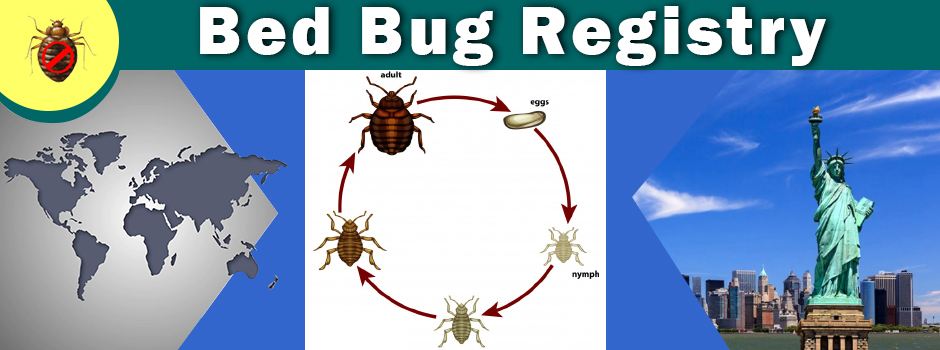ContextBed bug (Cimex lectularius) infestations are rapidly increasing worldwide. Health consequences include nuisance biting and cutaneous and systemic reactions. The potential for bed bugs to serve as disease vectors and optimal methods for bed bug pest control and eradication are unclear.
ObjectivesTo present current knowledge of the health and medical effects of bed bugs and to explore key issues in pest control and eradication efforts.
Data SourcesA search of MEDLINE and EMBASE databases (1960-October 2008) for articles using the keywords bed bugs, Cimex lectularius, humans, parasitology, pathogenicity, and drug effects. For pest control, PubMed and Toxline searches (1960-October 2008) were performed using the keywords bed bugs, Cimex, control, prevention, and eradication. Manual searches of older journals, textbooks, pest control trade journals, and newspapers (1892-October 2008) were also performed.
Study SelectionOriginal accounts or investigations of bed bugs, clinical responses with sufficient detail of cause and effect between the bed bug bite and clinical response, and convincing evidence of substantiated presence of bed bug exposure. For pest control, documentation that an eradication measure quantitatively decreased bed bugs.
Data ExtractionA trained medical reference librarian assisted with the literature search. Two authors with expertise in the diagnosis, treatment, and eradication of bed bugs reviewed the clinical articles. One author evaluated the pest control articles.
Data SynthesisFifty-three articles met inclusion criteria and were summarized. Only 2 clinical trials concerning bed bugs were identified and tested the ability of pest control interventions to eradicate bed bugs. Although transmission of more than 40 human diseases has been attributed to bed bugs, there is little evidence that they are vectors of communicable disease. A variety of clinical reactions to bed bugs have been reported, including cutaneous and rarely systemic reactions. A wide range of empirical treatments, including antibiotics, antihistamines, topical and oral corticosteroids, and epinephrine, have been used for bite reactions with varying results. No evidence-based interventions to eradicate bed bugs or prevent bites were identified.
ConclusionsTreatment options for cutaneous and systemic reactions from bed bug bites have not been evaluated in clinical trials and there is no evidence that outcomes differ significantly from those receiving no treatment. Evidence for disease transmission by bed bugs is lacking. Pest control and eradication is challenging due to insecticide resistance, lack of effective products, and health concerns about spraying mattresses with pesticides.
Continued here:
JAMA Network | JAMA | Bed Bugs (Cimex lectularius) and Clinical ...

 Residence
Residence  Location
Location 










